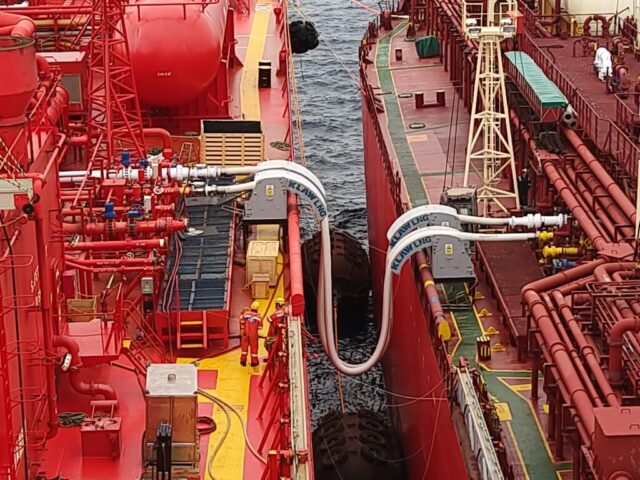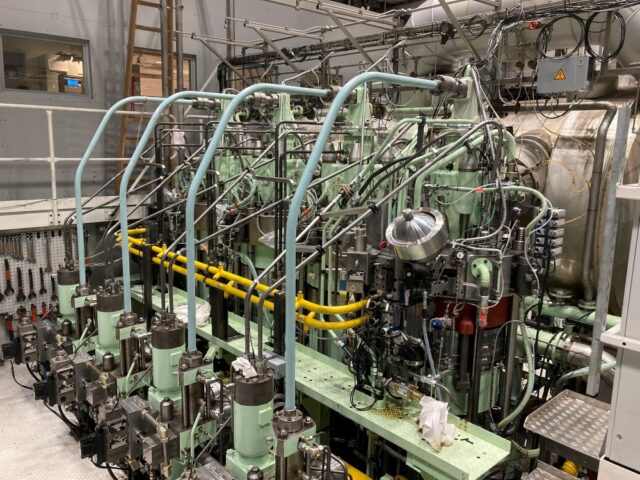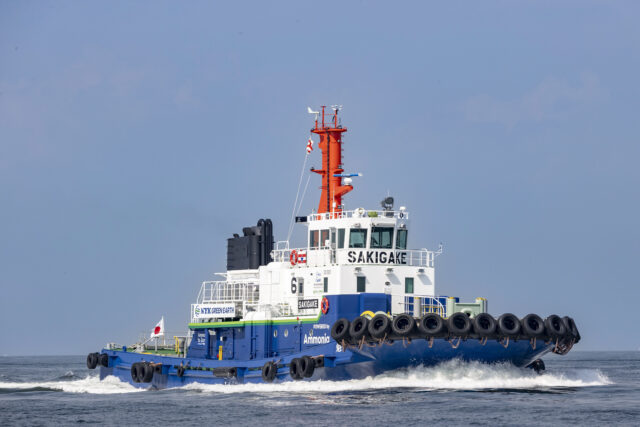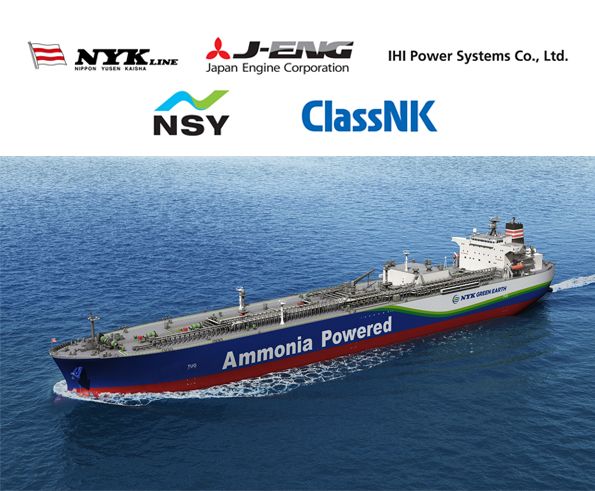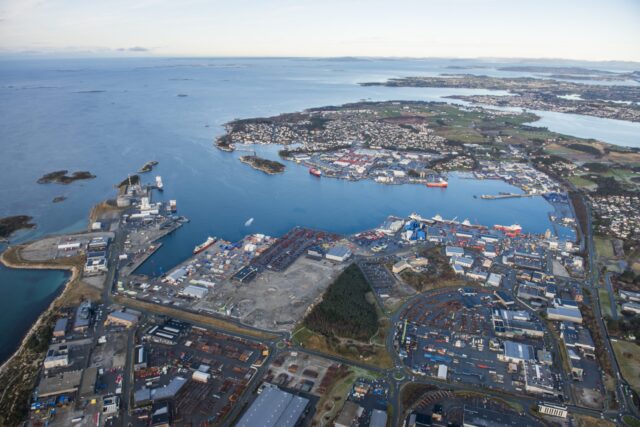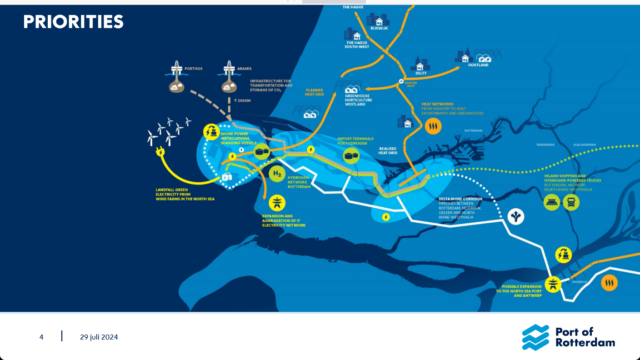Marine momentum: AiPs for bunkering, fuel systems and vessels
A series of new AiPs underlines momentum for marine ammonia fuel. For bunkering, barges and a range of jetty-less transfer terminals will enable safe operations. Fuel systems that can be retrofitted to existing vessels are also under development, as is an ammonia-powered “feeder” container vessel to complement larger designs.


